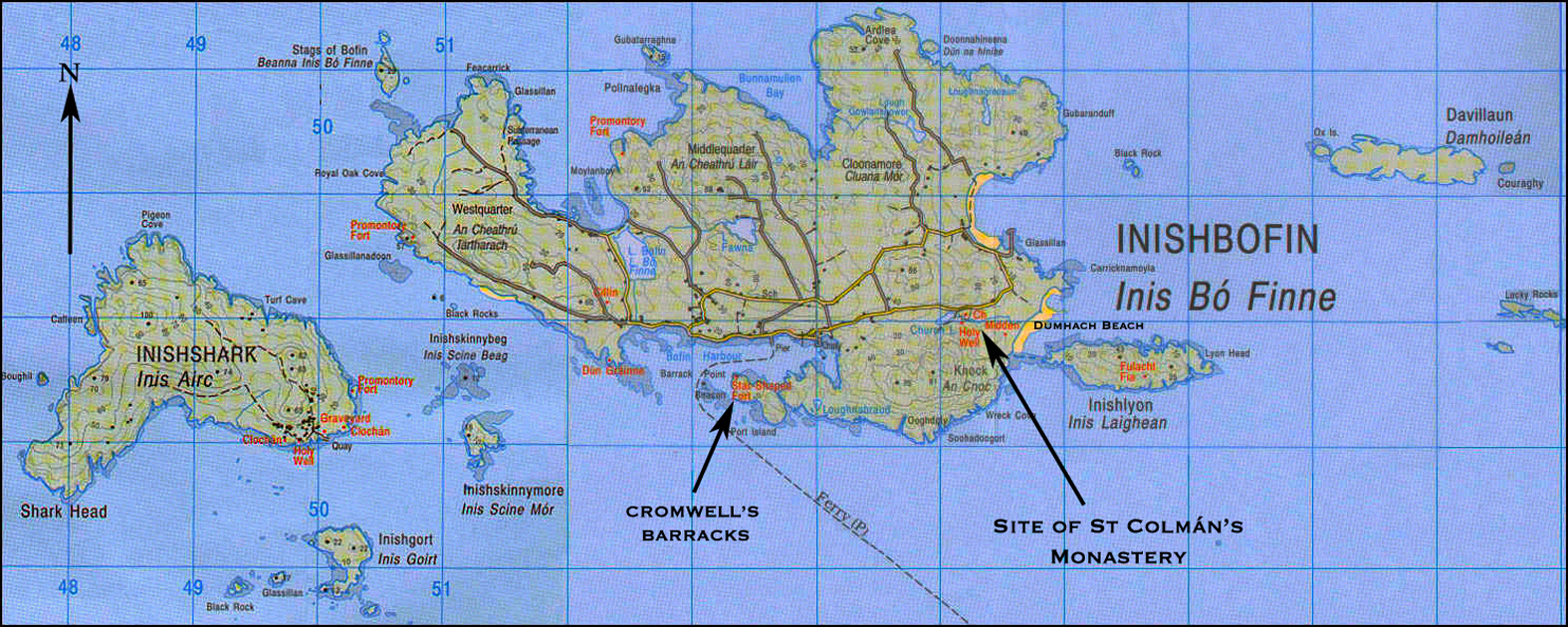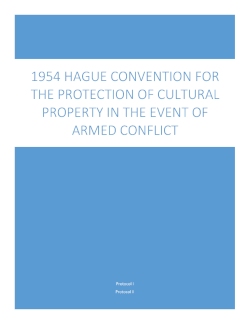
The provisions of the 1954 Convention were supplemented and clarified by two protocols concluded in 19. The distinctive marking of cultural property under the Hague Convention ( Blue Shield).ĭirector-General of the United Nations Educational, Scientific and Cultural Organization ĭisclaimer: The distinctive emblem is a protective symbol used during armed conflicts and its use is restricted by international law International acceptance and partnering organisations UNESCO Blue Shield International Other civil society structures.Implementation of the Convention Punishment for infringements Siege of Dubrovnik and the Mostar Bridge Khmer Rouge Tribunal Destruction of cultural heritage by ISIL.

Second Protocol to the Hague Convention Enhanced protection The Committee for the Protection of Cultural Property in the Event of Armed Conflict The Fund for the Protection of Cultural Property in the Event of Armed Conflict Sanctions and individual criminal responsibility Military Manual.The Hague Convention Safeguarding cultural property Respect for cultural property Occupation Special protection.History Preceding conventions Destruction of cultural property in World War II The Nazis and "degenerate art" Nazi plunder in Eastern Europe After World War II.Introduction Hague Convention for the Protection of Cultural Property in the Event of Armed Conflict.It covers immovable and movable cultural heritage, including monuments of architecture, art or history, archaeological sites, works of art, manuscripts, books and other objects of artistic, historical or archaeological interest, as well as scientific collections of all kinds regardless of their origin or ownership. This Convention is an international cooperation framework against the illicit trafficking of cultural property requiring States Parties to take preventative measures and adhere to restitution provisions.

It is the first international treaty with a worldwide vocation focusing exclusively on the protection of cultural heritage in the event of armed conflict. The Convention for the Protection of Cultural Property in the Event of Armed Conflict was adopted at The Hague (Netherlands) in 1954 in the wake of massive destruction of cultural heritage during the Second World War. 1954 Hague Convention for the Protection of cultural Property in the Event of Armed Conflict


 0 kommentar(er)
0 kommentar(er)
